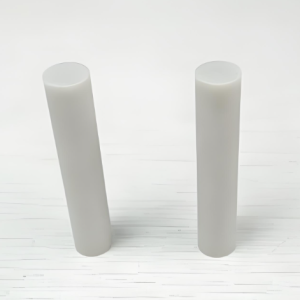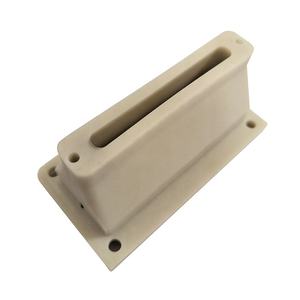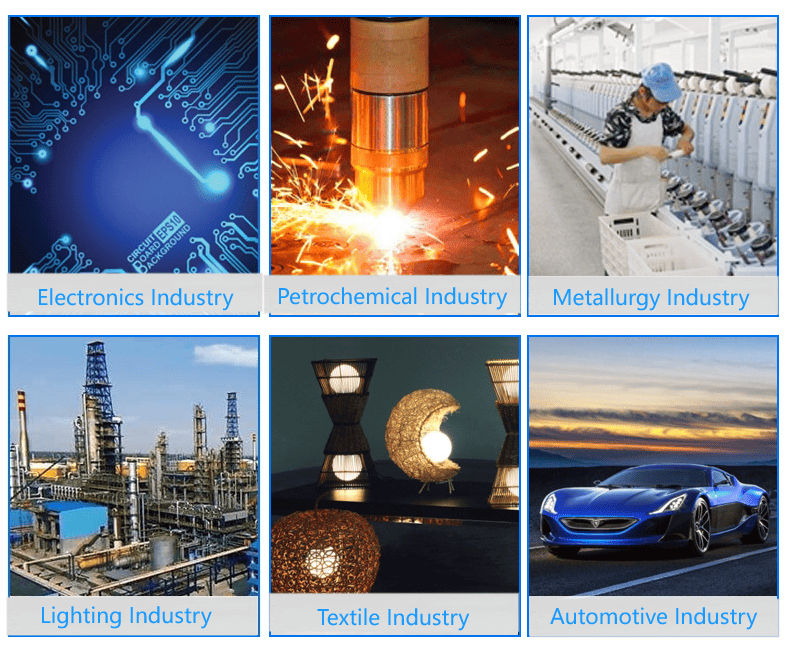Discover Premium Ceramic Products | Durability & Elegance United | Advanced Ceramics
PRODUCT PARAMETERS
Description
Overview of aluminum nitride ceramics
Aluminum Nitride Ceramic is an advanced ceramic material with aluminum nitride as the main component. It has been widely used in electronics, optics, and mechanics due to its unique properties.
Features of aluminum nitride ceramics
High thermal conductivity: Aluminum nitride ceramics have relatively high thermal conductivity, usually between 170-260 W/m·K, which makes it an excellent heat dissipation material. It is especially suitable for electronic devices that require efficient heat dissipation, such as substrate materials for power semiconductor devices.
Good electrical insulation: Despite its high thermal conductivity, aluminum nitride ceramics are excellent insulators of electricity, which can effectively prevent current leakage and ensure the safe operation of electronic components.
Low dielectric constant and dielectric loss: These characteristics make aluminum nitride ceramics very suitable for use in high-frequency circuits because it can reduce energy loss during signal transmission.
High temperature resistance: Aluminum nitride ceramics can maintain structural stability and strength at extremely high temperatures. Its melting point is about 2800°C, so it is suitable for applications in high temperature environments.
Low thermal expansion coefficient: Compared with semiconductor materials such as silicon, aluminum nitride has a lower thermal expansion coefficient, which means it has better dimensional stability when the temperature changes, which helps improve packaging reliability.
Corrosion resistance: Aluminum nitride ceramics have good chemical stability to most molten metals and are not easily oxidized or corroded, allowing them to perform well in harsh environments.
High mechanical strength: Although not as hard as some other types of ceramic materials, aluminum nitride ceramics still provide enough mechanical strength to allow them to be used in many structural applications.

(High Thermal Conductivity / Aluminum Nitride / AlN Ceramic Substrate/ Plate / Block)
Specifications of High Thermal Conductivity / Aluminum Nitride / AlN Ceramic Substrate/ Plate / Block
High Thermal Conductivity Light Weight Aluminum Nitride (AlN) Ceramic Substrate/Plate/Block delivers solid performance for sophisticated electronic devices. This material combines high thermal conductivity with electric insulation. It matches applications needing effective warmth administration. The thermal conductivity reaches 170-220 W/m · K. This value surpasses standard alumina ceramics. Warmth spreads quickly. Components stay cooler. System integrity boosts.
AlN ceramic offers low thermal development. It matches silicon and gallium arsenide. Thermal stress and anxiety minimizes during temperature changes. Interfaces continue to be secure. This prevents splits or delamination. The material holds up against high temperatures. Operating arrays reach 1000 ° C. It resists thermal shock. Abrupt temperature shifts trigger marginal damage.
Electric insulation is another crucial function. Quantity resistivity exceeds 10 ¹⁴ Ω · cm. Leakage currents stay low. High-voltage environments stay risk-free. Dielectric toughness stays over 15 kV/mm. Arcing threats decline. Signal honesty continues to be solid.
Mechanical residential or commercial properties support demanding uses. Flexural toughness ranges 300-400 MPa. Hardness gets to 12 GPa. Use resistance is high. Surface areas remain smooth. Machining resistances remain tight. Customized shapes are feasible. Openings, grooves, or networks are included as needed.
AlN substrates been available in numerous dimensions. Criterion density varies from 0.25 mm to 10 mm. Larger blocks are available. Surface finishes include brightened or as-fired alternatives. Flatness stays within 0.02 mm per 25 mm. Metallization layers like copper or gold are applied. Soldering or wire bonding ends up being simpler.
Purity levels surpass 99%. Oxygen content remains below 0.8%. Contaminations are marginal. Performance consistency boosts. Corrosion resistance is strong. Acids or antacid cause little damage. Long-lasting use in harsh problems is possible.
Applications include power modules, LED plans, RF tools, and laser diodes. Automotive electronics make use of AlN for battery monitoring. Aerospace systems count on it for thermal control. Semiconductor equipment applies it in wafer processing stages.
Personalized specs are available. Dimensions adapt to project needs. Coatings or surface treatments are included. Testing data like thermal resistance or CTE worths is provided. Technical support ensures proper combination.
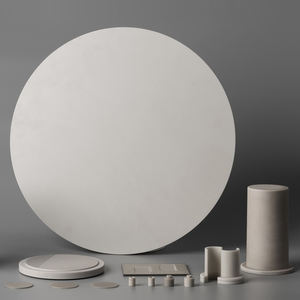
(High Thermal Conductivity / Aluminum Nitride / AlN Ceramic Substrate/ Plate / Block)
Applications of High Thermal Conductivity / Aluminum Nitride / AlN Ceramic Substrate/ Plate / Block
High thermal conductivity aluminum nitride (AlN) ceramic substratums are widely used in electronics and industrial applications. These materials effectively move warmth away from sensitive parts. This makes them optimal for high-power tools. AlN ceramic plates take care of severe temperatures. They preserve security in rough settings. Their thermal conductivity is much higher than conventional alumina ceramics. This allows far better performance in heat administration.
AlN substrates prevail in LED illumination systems. They aid dissipate warmth created by high-brightness LEDs. This extends the life-span of the lighting modules. Power electronics like IGBTs and MOSFETs also depend on AlN plates. These elements produce considerable heat throughout procedure. Using AlN prevents overheating and guarantees dependability. The material’s electrical insulation residential properties add safety. It prevents short circuits even under high voltage.
In the semiconductor sector, AlN ceramic blocks function as wafer handling carriers. They match silicon’s thermal expansion coefficient. This reduces stress during temperature level adjustments. It improves making accuracy. AlN is additionally used in laser diodes and radio frequency modules. Its reduced signal loss at high frequencies supports steady communication tools performance.
Automotive applications gain from AlN’s warm resistance. Electric car power control systems use these substrates. They take care of warmth in battery systems and onboard chargers. This adds to more secure, much more efficient electrical cars. Aerospace systems make use of AlN for comparable factors. The product holds up against fast temperature shifts in satellites and avionics.
AlN porcelains are compatible with thin-film metallization processes. This allows customized circuit patterns on the substrate surface area. It simplifies integration into intricate digital layouts. The material stands up to chemical corrosion. It performs well in reactive environments. These buildings make AlN appropriate for sensing units and commercial heaters.
Custom shapes like poles or tubes can be made. This flexibility meets diverse engineering requirements. AlN ceramic substratums equilibrium thermal performance with mechanical toughness. They deal with difficulties in contemporary innovation where heat monitoring is vital.
Company Introduction
Advanced Ceramics founded on October 17, 2014, is a high-tech enterprise committed to the research and development, production, processing, sales and technical services of ceramic relative materials and products.. Since its establishment in 2014, the company has been committed to providing customers with the best products and services, and has become a leader in the industry through continuous technological innovation and strict quality management.
Our products includes but not limited to Silicon carbide ceramic products, Boron Carbide Ceramic Products, Boron Nitride Ceramic Products, Silicon Carbide Ceramic Products, Silicon Nitride Ceramic Products, Zirconium Dioxide Ceramic Products, Quartz Products, etc. Please feel free to contact us.(nanotrun@yahoo.com)
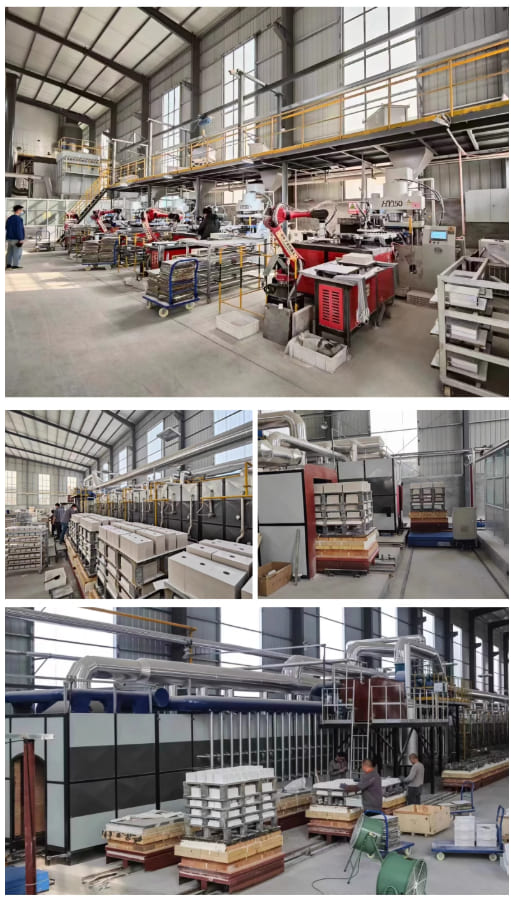
Payment Methods
T/T, Western Union, Paypal, Credit Card etc.
Shipment Methods
By air, by sea, by express, as customers request.
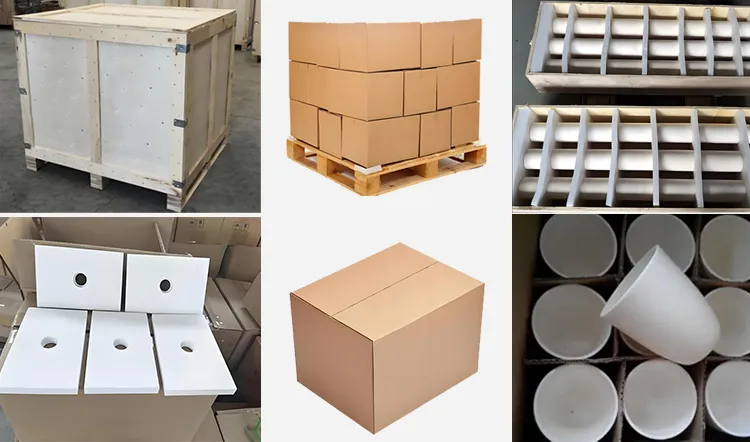
5 FAQs of High Thermal Conductivity / Aluminum Nitride / AlN Ceramic Substrate/ Plate / Block
High Thermal Conductivity Aluminum Nitride (AlN) Ceramic Substrates/Plates/Blocks: 5 FAQs
1. What makes aluminum nitride ceramic substrates good for high heat applications?
Aluminum nitride has high thermal conductivity. It moves heat away from components fast. This stops devices from overheating. AlN conducts heat better than alumina. It works well in electronics needing quick heat dissipation.
2. Where are AlN ceramic plates commonly used?
AlN plates are used in LED lighting, power electronics, and semiconductor modules. They handle high heat in lasers, radio-frequency systems, and electric vehicle parts. They suit environments where heat management is critical.
3. How does aluminum nitride compare to other ceramics like alumina or beryllia?
AlN conducts heat better than alumina. It is safer than beryllia, which is toxic. AlN resists corrosion and electrical insulation stays strong at high temperatures. It balances performance and safety better than many alternatives.
4. Can AlN ceramic blocks crack under stress or temperature changes?
AlN has high mechanical strength. It handles thermal cycling well. Sudden temperature shifts or physical impacts might still damage it. Proper mounting and gradual heating/cooling reduce cracking risks.
5. Are custom sizes or shapes available for AlN substrates?
Yes. Manufacturers cut AlN into specific sizes, thicknesses, or patterns. Holes, coatings, or metal layers can be added. Custom designs meet needs for circuits, heat spreaders, or specialized industrial setups.
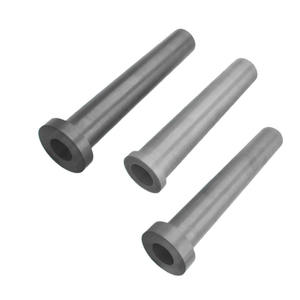
(High Thermal Conductivity / Aluminum Nitride / AlN Ceramic Substrate/ Plate / Block)
REQUEST A QUOTE
RELATED PRODUCTS
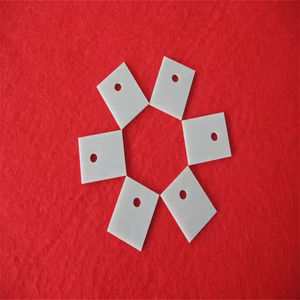
Premium Ceramics Product Ultrathin High Temperature Polished Aln Aluminum Nitride Ceramic Substrate Sheet
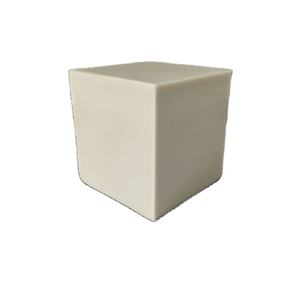
Aluminum Nitride / Boron Nitride Composite BN-AlN Ceramic Parts for Ion Source
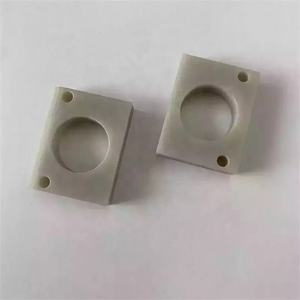
Aluminum Nitride Ceramic Sheet Aluminum Nitride Chip Aluminum Nitride Aln Ceramic Plate
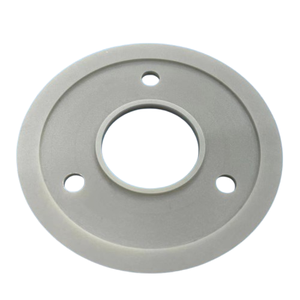
Cu Coating Aluminium Nitride AlN Ceramic Substrate
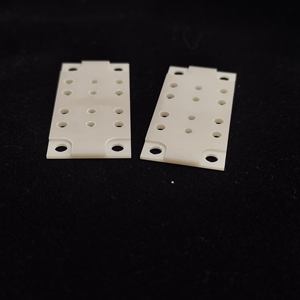
High Thermal Conductivity AlN Aluminum Nitride Electrical Ceramic Crucible
